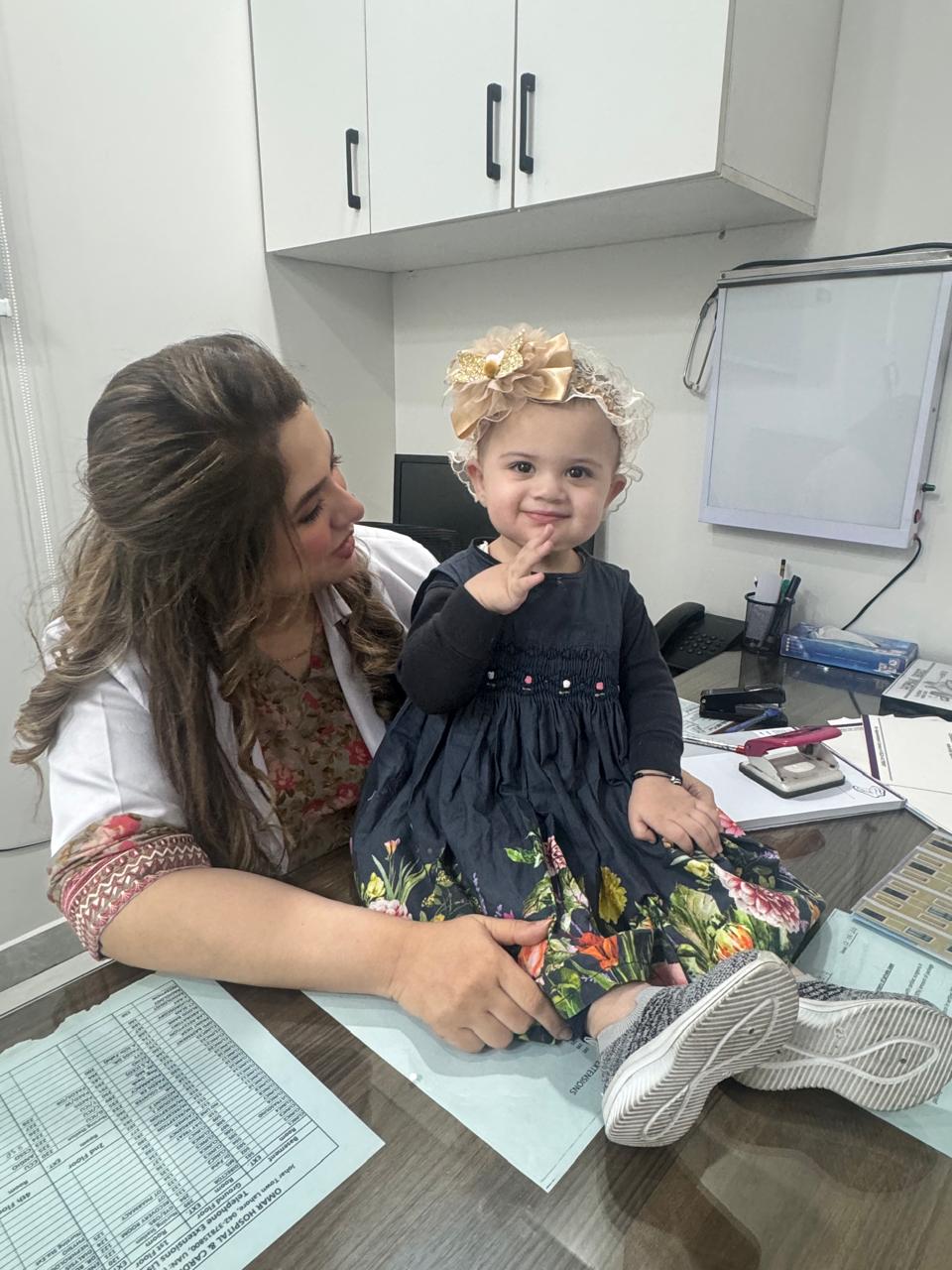Reproductive Anatomy & Physiology: A Foundation of Human Life
Understanding reproductive anatomy and physiology is essential for grasping how human life begins, how reproduction works, and how to maintain reproductive health. The human reproductive system, though different in males and females, is intricately designed and plays a crucial role in survival of the species.
Overview of the Reproductive System
The human reproductive system consists of organs and glands responsible for producing, transporting, and nurturing gametes (sperm and egg), as well as supporting fertilization, pregnancy, and childbirth in females.
🔹 Male Reproductive System
The main functions include producing sperm and delivering it to the female reproductive tract.
Primary Organs:
- Testes: Produce sperm and the male hormone testosterone.
- Epididymis: Stores and matures sperm.
- Vas Deferens: Transports sperm during ejaculation.
- Penis: Delivers sperm into the female reproductive tract.
Accessory Glands:
- Seminal Vesicles: Secrete fluid that nourishes sperm.
- Prostate Gland: Adds alkaline fluid to protect sperm in the vagina.
- Bulbourethral Glands: Lubricate and neutralize the urethra.
🔹 Female Reproductive System
Designed to produce eggs, support fertilization, and nurture a developing fetus.
Primary Organs:
- Ovaries: Produce eggs (ova) and female hormones estrogen and progesterone.
- Fallopian Tubes: Transport eggs and are the site of fertilization.
- Uterus (Womb): Where the fertilized egg implants and develops into a fetus.
- Cervix: The lower part of the uterus that opens into the vagina.
- Vagina: The passage connecting the cervix to the outside of the body.
Reproductive Physiology: How It All Works
🌱 Puberty
Puberty is the phase of life when the reproductive system becomes active, triggered by hormonal changes. It involves:
- Development of secondary sexual characteristics (e.g., breast development, facial hair).
- Onset of menstruation in females.
- Sperm production in males.
♀️ Menstrual Cycle (in Females)
A monthly cycle preparing the body for pregnancy.
- Menstrual Phase (Day 1–5): Shedding of the uterine lining.
- Follicular Phase (Day 1–13): Follicle in the ovary matures; estrogen rises.
- Ovulation (Day 14): Release of a mature egg from the ovary.
- Luteal Phase (Day 15–28): Progesterone prepares the uterus for possible implantation. If no pregnancy occurs, the cycle starts again.
♂️ Spermatogenesis (in Males)
The continuous process of sperm production in the seminiferous tubules of the testes.
- Begins at puberty and continues throughout life.
- Controlled by hormones like testosterone and FSH (follicle-stimulating hormone).
Hormonal Control of Reproduction
Hormones play a critical role in regulating reproductive functions:
- FSH and LH (Luteinizing Hormone): Stimulate ovulation in females and sperm production in males.
- Estrogen and Progesterone: Regulate the menstrual cycle, prepare the uterus for pregnancy.
- Testosterone: Supports sperm production and development of male traits.
These hormones are controlled by a feedback loop involving the hypothalamus, pituitary gland, and gonads (testes/ovaries).
Fertilization and Pregnancy
When a sperm cell successfully meets and penetrates an egg, fertilization occurs, usually in the fallopian tube. The resulting zygote travels to the uterus and implants in the uterine wall, beginning pregnancy.
Key stages:
- Zygote → Blastocyst → Embryo → Fetus
- Pregnancy typically lasts about 40 weeks and is divided into three trimesters.
- Hormones like hCG (human chorionic gonadotropin) sustain the early pregnancy.
Importance of Reproductive Health
Maintaining reproductive health includes:
- Regular check-ups and screenings.
- Practicing safe sex.
- Managing menstrual and hormonal disorders.
- Understanding fertility and family planning options.
Conclusion
Reproductive anatomy and physiology are essential not only for reproduction but also for understanding broader aspects of health and human development. With proper education and healthcare, individuals can make informed decisions about their bodies, fertility, and well-being.
